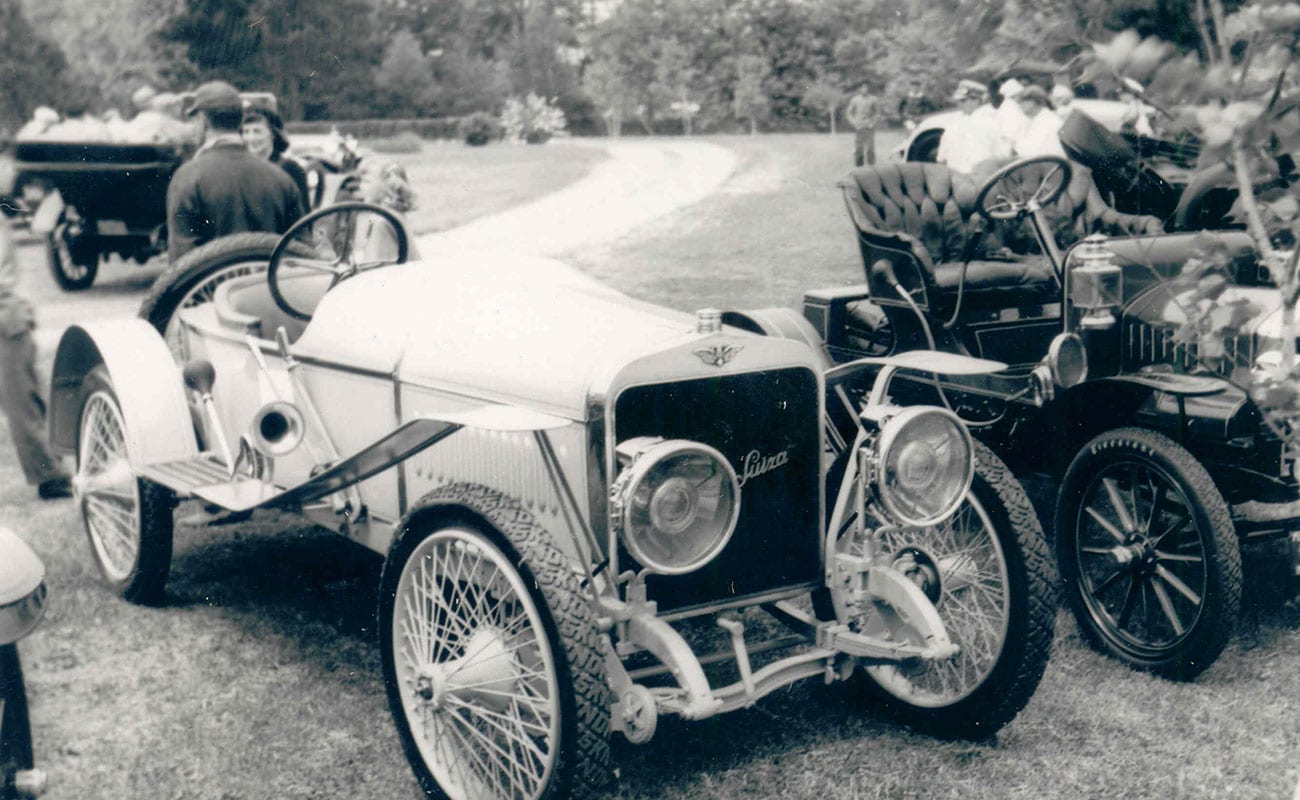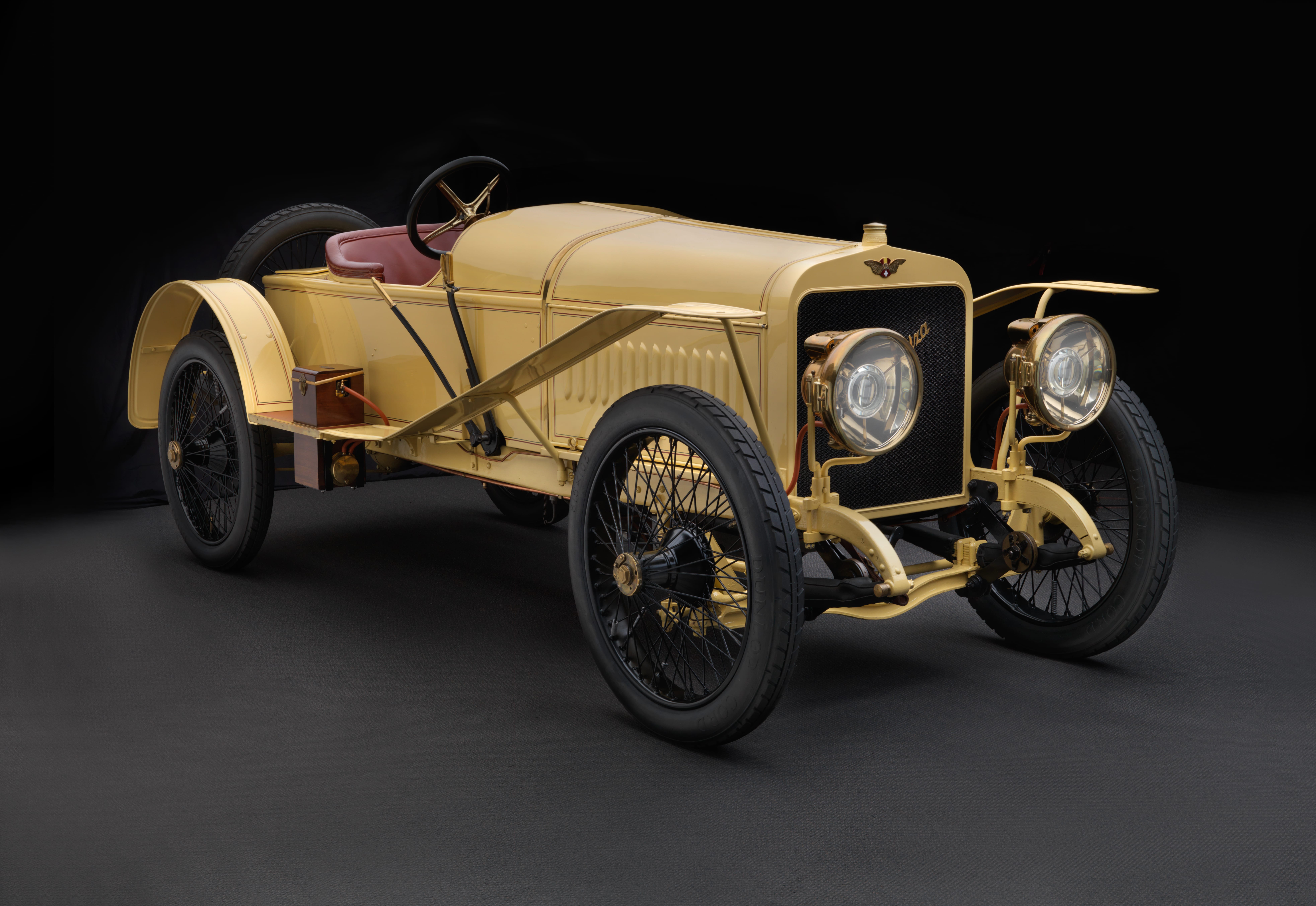Tech Specs
Four-cylinder in-line engine, 3620 cc (220.9 cubic inches), 64 hp at 2300 rpm.
Before/After
1912 Hispano-Suiza


About the 1912 Hispano-Suiza 15T Alfonso XIII
“Spanish-Swiss” is the literal translation for Hispano-Suiza; and the Alfonso for whom this particular model was named was the King of Spain. Chief engineer Marc Birkigt was the Swiss connection. That his nationality was honored in naming the Barcelona company in 1904 was an act of supreme prescience. Not only would the then 26-year-old Birkigt be responsible for every Hispano-Suiza design for the next three decades, but he would ever after be regarded as among the most talented automobile engineers in history.
Alfonso XIII was Birkigt’s patron. Spain’s last monarch – whose exile in 1931 heralded in a 44- year-long republican interregnum punctuated by a bitter civil war – began acquiring Hispanos for the royal garage in 1907, although the “carriage trade” cars the firm was producing were a bit tame for his taste.
Luckily, Birkigt was thinking similarly, and in 1909 designed a long-stroke T-head four-cylinder engine for use in voiturette racing, dominated at that time by French one-and two-cylinder cars. In 1910 Hispano won the prestigious Coupe de l’Auto race in Boulogne at a speed 8 mph faster than the year previous. The victory spelled finis to singles and twins in voiturette competition henceforth and suggested the wisdom of marketing a production version of the winner. Alfonso XIII cheerfully agreed to lend his name to the new Hispano-Suiza model.
Whatever one’s definition of a sports car, the Alfonso was among Europe’s first. It was a purpose built, high performance, two-seater production automobile – not a former Grand Prix car sold to a sportsman or a sports tourer with room for five. A genuine 75 mph car off the showroom floor, the Alfonso was capable of 90 mph in race tune – and many an Alfonso owner raced his. While King Alfonso himself did not, he relished fast drives into the countryside “like a cannonball in a cloud of smoke”, sometimes with a thoroughly frightened chauffeur at his side, other times alone for pursuits that had nothing to do with the affairs of state.
Photos – Peter Harholdt










